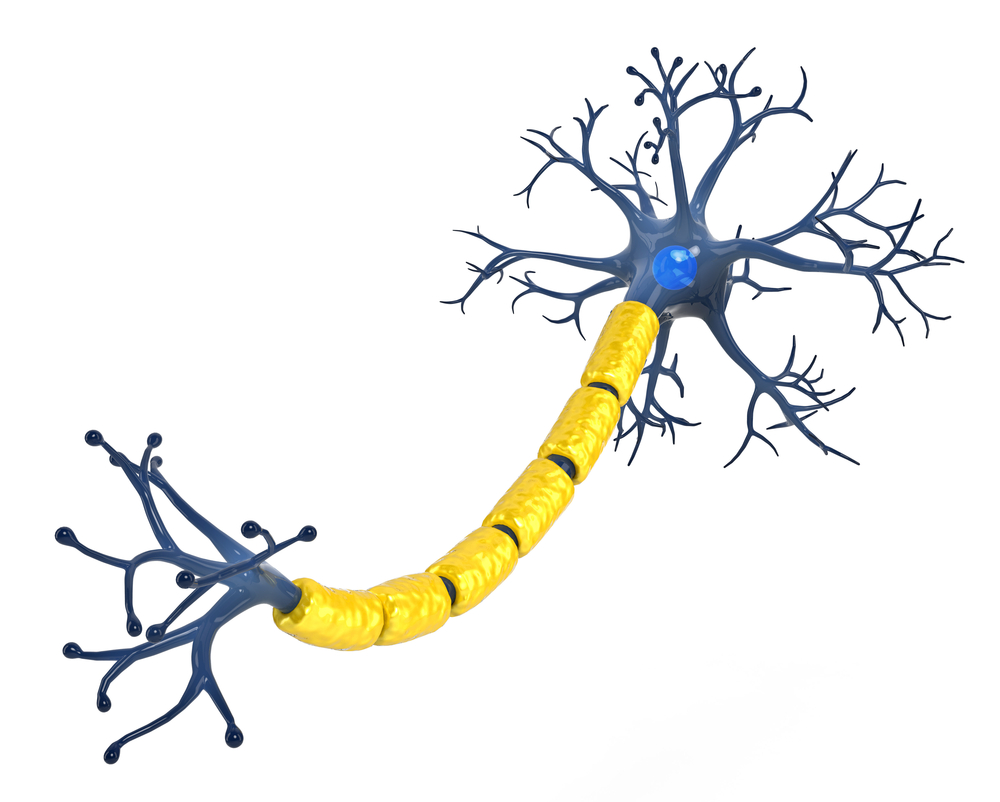NIH Grant to Support Research into Role of Copper in Demyelination
Written by |

The National Institutes of Health (NIH) awarded a $45,000 grant to a team of investigators, led by Tia Walker, PhD, at Indiana University Northwest, to support a research project into the role of copper in multiple sclerosis (MS).
The award is a first for IU Northwest, and will allow the team to hire undergraduate researchers and train them over the next three years in the advanced biomedical techniques required for the development and evaluation of new drugs. The grant will also be shared with Leah Shriver, PhD, from the University of Akron ($469,000).
“The ability to make contributions to the collective knowledge that ultimately moves science forward is happening here at IU Northwest,” said Nelson De Leon, chair of the Department of Chemistry, Physics and Astronomy at the university, in a news release. “This is an exciting opportunity for our campus, and our students, to contribute to important discoveries about MS.”
Myelin is a protective coating on neurons that is progressively lost in patients with MS, due to abnormal immune system attacks that destroy the myelin sheath. As myelin degenerates, neuronal function is destabilized and cell death ultimately results, contributing to disease progression and disability in MS patients.
In particular, Walker’s team wants to study how deficient levels of copper cause damage to this protective coating. One way to study myelin degeneration is to feed a toxin called cuprizone to mice, which promotes the development of MS. Cuprizone binds to copper, and researchers think that very action is toxic, causing copper levels to fall which, possibly, leads to myelin loss.
“One idea for what is causing the degeneration of the myelin sheath is that cuprizone is binding to copper in the brain and causing the malfunction,” Walker said. “The question before us is, ‘what is the mechanism of this molecule? How is it actually inducing demyelination in mice?’ We know it does, but we don’t know how.”
To further explore copper’s role in MS, the team created a molecule that mimics the activity of proteins containing copper in humans. As researchers have limited access to the mechanisms mediating early MS in people, the use of the synthetic molecule in mice may provide a way of studying copper’s contribution to this disease. When bound to copper, the new molecule stimulates copper proteins in the body.
“If we understand how cuprizone induces the MS model, it means we can possibly understand what is actually happening in humans as to the degenerative process in MS,” Walker said. “Is copper being pulled out of proteins, creating a deficiency? Or is there is something else that we are not seeing that is causing the MS response?”
Although many research projects are focused on regenerating myelin, Walker believes that understanding the causes and mechanisms that contribute to its degeneration may contribute to the development of future therapies.





